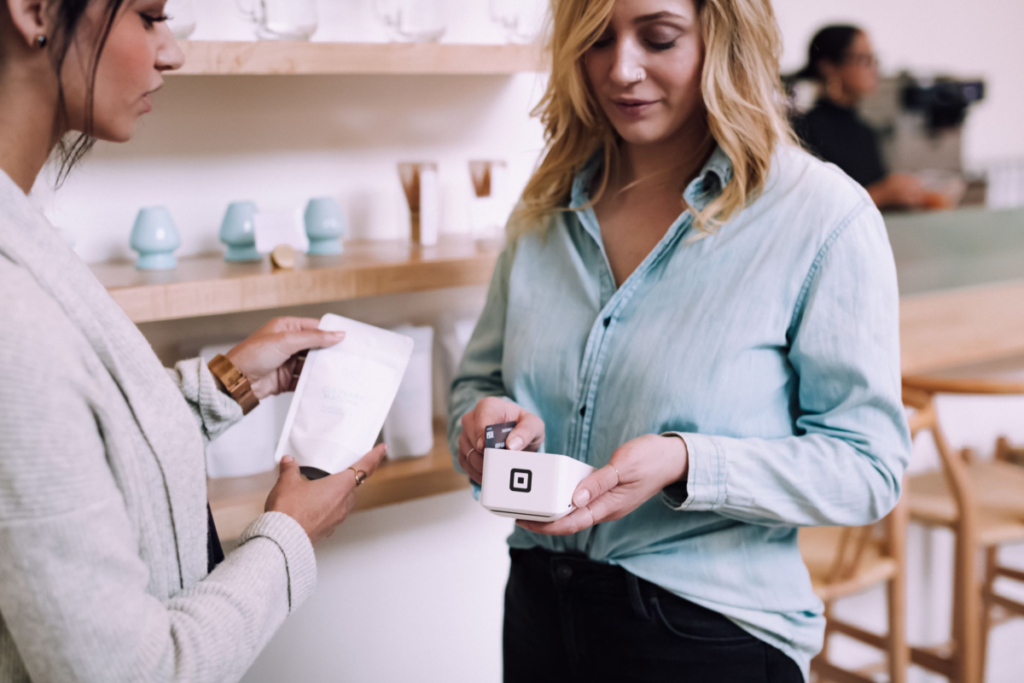Since 2020, B2B buyers have been significantly changing their habits, and it’s vital for brands to understand and adapt to these changes to remain relevant in today’s competitive digital ecosystem.
Let’s take a look at what’s going on…
The Blurring Lines between B2C and B2B E-commerce
Recent findings from BigCommerce’s Global B2B Buyer Behavior Report underline the rapidly evolving behavior and preferences of B2B buyers across the US, UK, and Australia.
One intriguing observation is the convergence of B2B and B2C e-commerce experiences.
More B2B buyers are anticipating the same online shopping experience they encounter as regular consumers. This means engaging mobile-friendly sites, transparent pricing, and a hassle-free checkout.
With B2B e-commerce still in its formative years, the trends call for brands to modernize their online operations swiftly. eMarketer forecasts suggest that US B2B ecommerce sales will catapult past the $2 trillion mark by 2024.
With stakes this high, Lance Owide, BigCommerce’s general manager of B2B, stresses the necessity for B2B vendors to embrace an omnipresent online strategy.
Failing to do so could mean a significant market share loss.
Key Insights from the Report:
- Digital Dominance: 74% of buyers leverage online platforms for purchases, and 65% use search engines primarily for product discovery. 42% also turn to online marketplaces like Amazon Business.
- The Gripes of B2B Buyers: The main issues encountered during the buying process were incorrect pricing and shipping costs (40%), followed by sluggish website speeds (29%), and subpar customer support (28%).
- A Call for Clarity: While mobile compatibility and features like auto-renew were expected to rank high, the topmost desired feature during checkout was the availability of precise and comprehensive pricing information.
The Catalog Conundrum and the Post-Pandemic World
Digital platforms reign supreme in product discovery. However, a noteworthy 42% of respondents still find products through catalogs, indicating their continued relevance. In contrast, just a quarter of respondents cited trade shows as discovery platforms, no doubt a lingering effect of the COVID-19 pandemic.
Speaking of the pandemic, it acted as a catalyst for B2B e-commerce. With in-person interactions diminishing, there was a surge in online supplier identification – 87% in 2021 compared to 78% pre-pandemic.
Likewise, websites as evaluation tools saw a rise from 60% pre-pandemic to 74% in 2021.
Purchasing Platforms and Preferences
Across the US, UK, and Australia, supplier e-commerce websites and apps emerged as the top channels for purchases. However, regional variations exist.
For instance, Australian buyers showed a lesser inclination towards B2B marketplaces compared to their US and UK counterparts.
As for online marketplaces, Amazon Business was the preferred choice for 51% of respondents. Regional preferences again played a part: Australian buyers favored Amazon Business less than those in the US and UK.
The Decision Drivers
Ratings, reviews, and peer recommendations remain influential in purchase decisions, underscoring the role of social proof in B2B buying. Additionally, promotions and marketing campaigns are proving crucial, pointing towards the significance of robust B2B marketing strategies.
In summary, the B2B ecommerce landscape is rapidly evolving, with consumer-like experiences becoming the new normal.
Brands must stay agile, adapt to these shifts, and prioritize a seamless online buying journey to remain on top.
Stay tuned to The Influence Marketer for more insights into the ever-changing world of B2B marketing! If you’d like to delve deeper into the report, click here.
Got a question? Pop it into the comments below.


Pingback: Decoding the ROI Challenge: Rising Stakes for B2B CMOs in Lead and Demand Generation - // 551 Media LLC
Pingback: How to Integrate Influencers into Your B2B Demand Generation Strategy - // 551 Media LLC